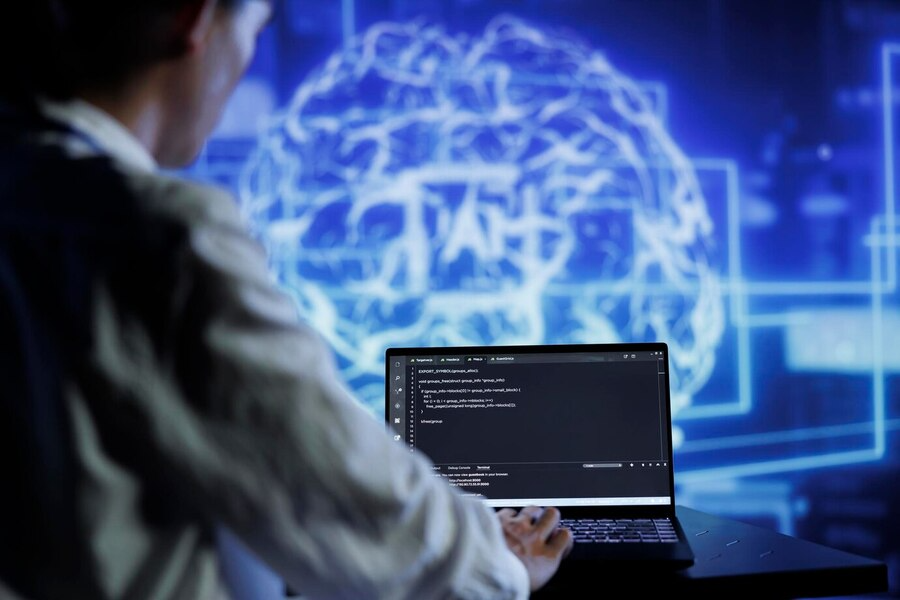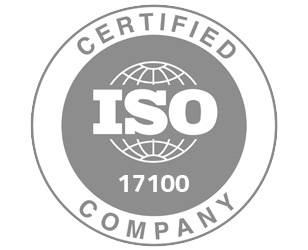
The Best LLMs for AI Translation in 2025
Large Language Models (LLMs) have transformed many aspects of content creation, customer service, and data analysis, but perhaps one of their most impressive applications is AI translation. As of 2025, LLMs have reached new levels of accuracy, fluency, and contextual awareness in multilingual communication, often rivaling or even surpassing traditional neural machine translation (NMT) tools.
This article explores the best LLM translation tools available in 2025, comparing their capabilities, strengths, and use cases to help businesses, translators, and developers choose the right one for their needs.
What Are Large Language Models?
Large Language Models (LLMs) are advanced AI systems designed to understand, generate, and manipulate human language at scale. They work by analyzing vast amounts of textual data, learning patterns and structures that enable them to produce responses that are coherent and contextually relevant. These models can handle a wide range of tasks, everything from language translation and text summarization to more nuanced undertakings like creative writing and in-depth conversational support. In essence, LLMs excel at recognizing linguistic nuances, context clues, and even tone or style, allowing them to mimic human-like language usage. The recent breakthroughs in computing power, data availability, and refined training methods have elevated LLMs to a level where they can not only parse text but also generate content that closely resembles what a skilled human writer might produce.
Moreover, ongoing research and development efforts are focused on fine-tuning LLMs to perform with greater accuracy within specific domains—such as banking, legal, and medical sectors by training them on highly specialized data. This targeted approach aims to enhance both relevance and reliability, allowing AI systems to better understand industry-specific terminology, regulatory context, and professional tone.
Leading LLMs for Translation
1. GPT-4 Turbo (OpenAI)
OpenAI’s GPT-4 Turbo remains one of the most powerful and versatile LLMs available for AI translation in 2025. With robust support for multiple languages and a strong grasp of context and idiomatic expressions, GPT-4 Turbo can translate documents with high fluency and precision.
Key Features:
- Supports major European, Asian, and Middle Eastern languages.
- Strong with context-heavy translations such as marketing, legal, and literature.
- Easily integrated into workflows via the OpenAI API.
- Often used in tandem with human post-editing for certified translations.
Best For:
Businesses and translators who need high-quality drafts in multiple languages and are looking to combine AI with human expertise.
2. Gemini 1.5 (Google)
Gemini is Google's next-generation AI, succeeding Bard and incorporating decades of language data and translation research from Google Translate. Gemini 1.5 brings improved long-context translation, better domain adaptation, and more accurate handling of stylistic tone.
Key Features:
- Handles extremely long documents (up to 1 million tokens in enterprise use).
- Offers strong translation quality across Google Workspace apps.
- Learns user tone and adjusts accordingly in real time.
- Continually updated with live feedback and usage data.
Best For:
Corporate environments using Google products or needing AI translation integrated into productivity tools like Docs, Gmail, and Drive.
3. Claude 3 (Anthropic)
Anthropic’s Claude 3 has quickly gained a reputation for being a reliable, ethical, and well-structured language model. While its translation capabilities may not be as flashy as GPT-4 Turbo’s, Claude excels in long-form coherence and user safety—making it an ideal assistant in environments where consistency and neutrality matter.
Key Features:
- Produces highly structured, polite, and easy-to-follow translations.
- Works well in customer support, documentation, and training materials.
- Available via Claude.ai and through API integrations.
Best For:
Educational institutions, support teams, and translation of customer-facing documentation.
4. Mixtral 8x7B (Mistral)
Mixtral is an open-source LLM that’s quickly gaining traction among developers and localization specialists. Its modular mixture-of-experts architecture allows it to be both efficient and powerful. When fine-tuned or used with smart prompting, Mixtral can deliver high-quality AI translations across many language pairs.
Key Features:
- Open-source and highly customizable.
- Performs well on a range of multilingual benchmarks.
- Can be hosted locally for privacy-sensitive applications.
Best For:
Tech teams building in-house translation pipelines or apps, and organizations prioritizing data control.
5. NLLB-200 (Meta)
Meta’s “No Language Left Behind” initiative led to the creation of the NLLB-200 model, designed specifically for translating low-resource languages. While not a general-purpose LLM, NLLB-200 fills a critical gap in global communication and humanitarian work.
Key Features:
- Supports 200+ languages, including many underrepresented ones.
- Trained specifically for multilingual translation tasks.
- Available via Facebook AI’s open platform and Hugging Face.
Best For:
Nonprofits, NGOs, and researchers working with indigenous or under-supported languages.
6. BLOOM (BigScience Project)
BLOOM is another open-source multilingual model developed by an international research collective. Though less accurate than commercial LLMs, BLOOM supports a broad range of languages and is ideal for experimentation, research, and educational use.
Key Features:
- Community-driven model with multilingual support.
- Transparent and open-source.
- Continually updated by contributors around the world.
Best For:
Researchers, developers, and those looking for an open-access AI translation model.
DeepSeek: A New Contender
One of the most recent and promising additions to the LLM space is DeepSeek, developed by the Chinese startup DeepSeek AI. Initially launched in late 2023, DeepSeek has rapidly evolved, with major releases including DeepSeek-V3 in December 2024 and DeepSeek-R1 in early 2025. These models showcase strong performance in technical and bilingual translation tasks, particularly for Chinese ↔ English content. DeepSeek uses a Mixture-of-Experts (MoE) architecture, allowing for efficient scaling and faster inference while maintaining high accuracy. Its open-source nature and focus on both general language understanding and domain-specific reasoning make it an attractive tool for developers, researchers, and companies seeking customizable, self-hosted AI translation solutions. While not yet as universally adopted as GPT-4 or Gemini, DeepSeek’s rapid innovation cycle and targeted capabilities signal its growing influence in the translation ecosystem.
How to Choose the Right LLM for Translation
Choosing the right LLM depends on your goals, budget, and specific use case. Here are some general guidelines:
| Use Case | Recommended Model |
| Creative Writing | GPT-4 Turbo |
| Long-Form Corporate Docs | Claude 3, Gemini |
| Underrepresented Languages | NLLB-200 |
| On-Premise Translation | Mixtral, BLOOM |
| Research & Open Use | BLOOM, Mixtral |
| Integrated with Workspace | Gemini |
| Technical CN ↔ EN Translation | DeepSeek |
When LLMs Aren’t Enough?
While AI translation tools continue to improve, there are specific industries and scenarios where relying solely on AI is not advisable. Professional human translation remains essential in the following cases:
1. Legal documents – contracts, affidavits, court filings, and immigration papers
2. Medical content – patient records, clinical trials, prescriptions, and diagnostic reports
3. Financial and technical materials – audit reports, manuals, patents, and compliance documentation
4. Marketing and brand messaging – campaigns, taglines, product descriptions, and localization
5. Certified and official translations – for government agencies, universities, or legal institutions
Confidentiality, cultural sensitivity, and legal compliance are often mandatory in these scenarios, and a minor mistranslation can lead to significant financial, legal, or reputational risks.
PoliLingua supports this need by providing expert human translation services in over 200 languages, powered by native linguists and over 20 years of industry-specific experience. Drawing on our advanced Translation Memory systems, we ensure consistent and highly targeted translations even for clients who choose the most budget-friendly solution. While we can incorporate machine translation into the process when requested, every project we deliver is carefully reviewed and refined by professional linguists. This approach guarantees a level of quality and contextual accuracy that fully AI-generated translations simply cannot match.
As of 2025, Large Language Models offer a wide range of possibilities for translation, from general-purpose tools like GPT-4 Turbo and Gemini to more specialized models such as NLLB-200 and DeepSeek. Each LLM brings unique strengths, whether in handling long-form content, supporting low-resource languages, or providing open-source flexibility, making them valuable in different translation workflows. Yet, as powerful as these tools are, they are not a one-size-fits-all solution. In industries where nuance, regulatory compliance, or cultural sensitivity are essential, professional human translation remains irreplaceable.







